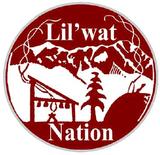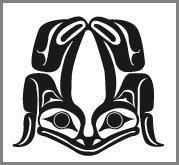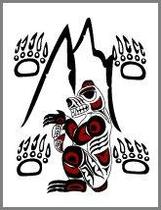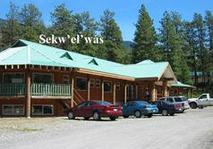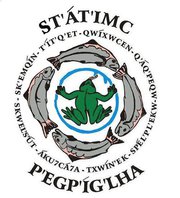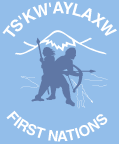The 10 Participating St'at'imc Communities Served by the STPS
Southern STPS - Mount Currie DetachmentEmergency: 911 or 604-894-5757
Click here for non-emergency calls, office location and hours. |
Northern STPS - Lillooet DetachmentEmergency: 911 or 250-256-7767 or 1-877-919-7767
Click here for non-emergency calls, office location and hours. |
"Our force may be small, but we serve each day with honour and respect."
- Stl'atl'imx Tribal Police Service.
- Stl'atl'imx Tribal Police Service.
